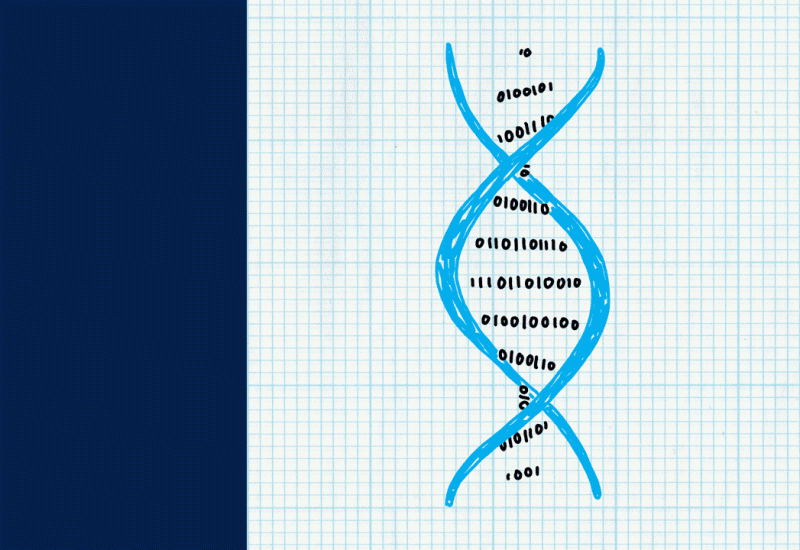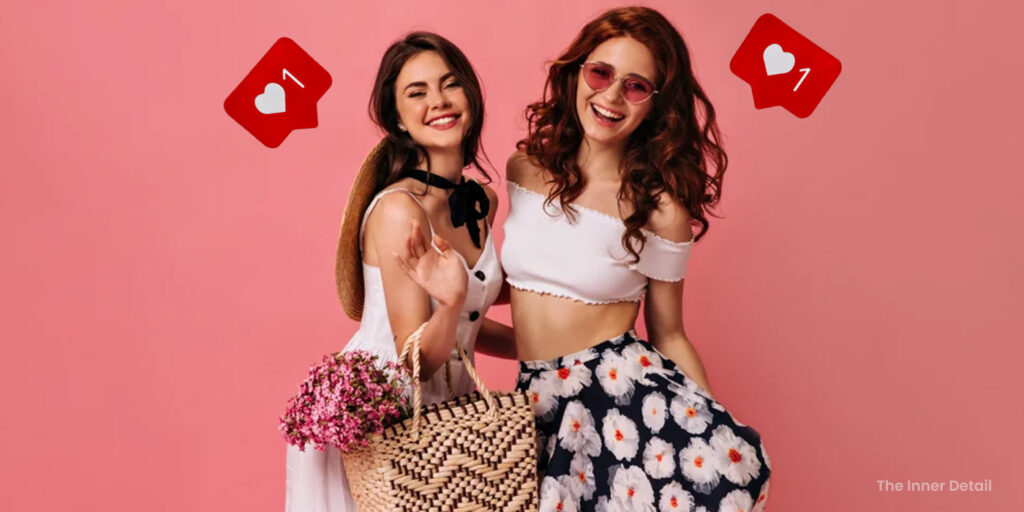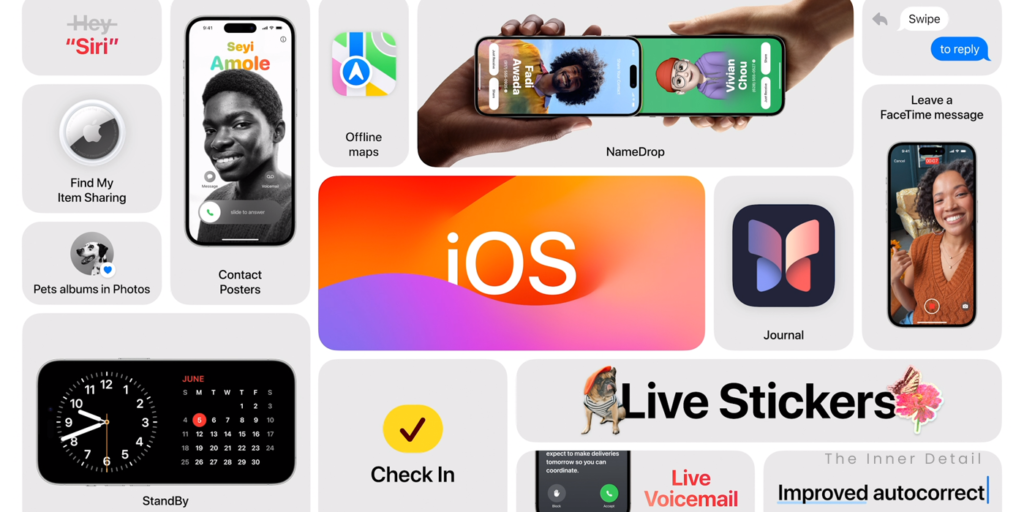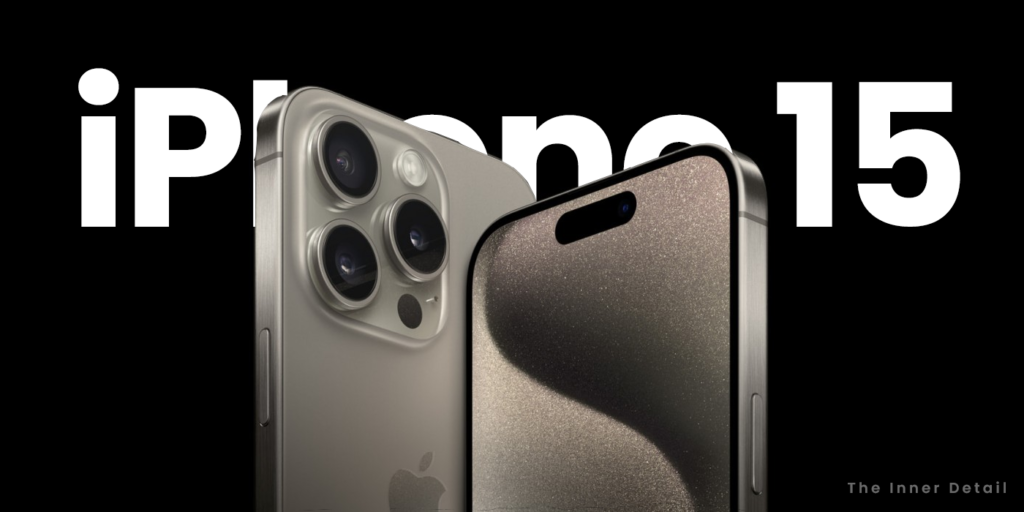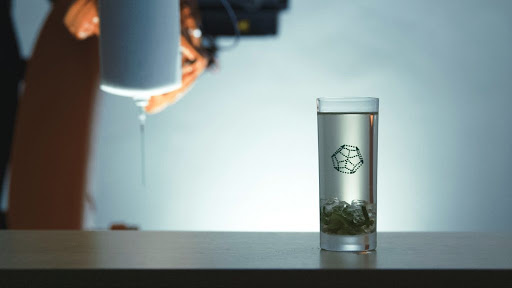Numerous digital data and applications, are rising around the globe and the amount has long been outpacing the amount of storage available. Most of the today’s world data is stored on magnetic and optical media, which may not be able to keep up the upcoming data storage need. And this paves Microsoft to work on new storage technologies to house massive amounts of data in just an inch. Microsoft currently collaborates with Twist Bioscience and University of Washington researchers for molecular digital data storage using DNA.
Future will have our data in a DNA strand, says Microsoft!
Molecular Data storage using DNA by Microsoft
One of the smartest things ever to do, to innovate on views of future, is what Microsoft has been doing in terms of storage. Let it be, Project Natick, where Microsoft exploited the storage facility underwater, for instance. And while innovating, ‘thinking out of the box’, in scope of all other existing techs is really appreciative of Microsoft.
At an Ignite conference, Microsoft Azure Chief Technical Officer Mark Russinovich showed off working prototypes for data storage systems based on DNA, and real-world data growth makes a compelling case for these new technologies, he said.
Yeah, you heard it right. Microsoft had already triumphed in storing and retrieving data from DNA and is now working on to commercialize it, or in simple means, to make it user-friendly.
Before stepping into Microsoft’s actual pace, let’s just preview on how data could be stored and retrieved from DNA.
DNA Storage
In traditional data storage systems, information is stored in a binary series of ones and zeroes that are written onto spinning disks or tape using magnetics, or to DVDs or Blu-Ray media using lasers. In a DNA system, data is stored in a liquid solution containing DNA, and ‘read’& ‘retrieved’ by molecular solutions. Microsoft’s DNA storage initiative uses synthetic DNA created by companies like Twist Bioscience, rather than repurposing DNA from humans or animals.

Joining hands with University of Washington, Microsoft creates an automatic DNA storage system that uses software to convert the ones and zeroes of digital data into the building blocks of DNA expressed as adenine (As), thymine (Ts), cytosine (Cs) and guanine (Gs) and encodes or adds data to a synthetic DNA which is then stored in a liquid solution. The data could be any texts to HD movies. If this happens, 10 blueray movies could be stored in that size of a grain of salt.
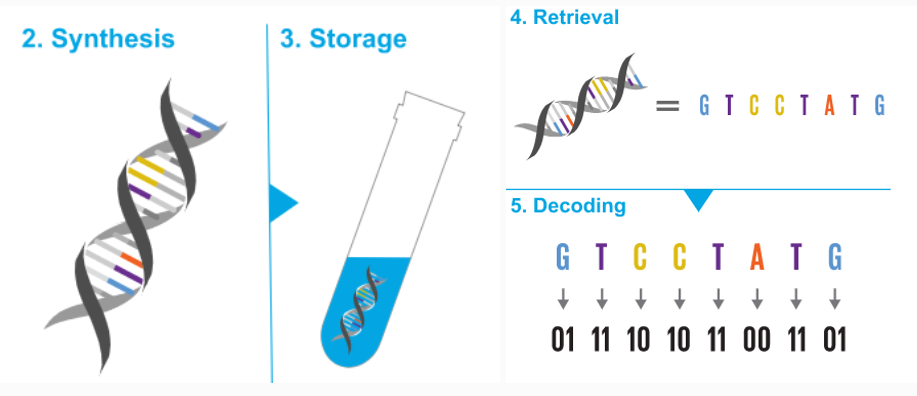
Then it uses lab equipment to flow the necessary liquids and chemicals into a synthesizer that builds manufactured snippets of DNA and pushes them into a storage vessel.
For retrieving the information, other chemicals are added to prepare the DNA and uses microfluidic pumps to push the liquids into a system that “reads” the DNA sequences and converts it back to digital information that a computer can understand. So, it’s a quite relay of digital to molecules and vice versa.
Efficiency of DNA storage / Why to go for DNA storage?
“The amount of data being generated is escaping our grasp,” says Mark Russinovich, Microsoft Azure Chief Technical Officer. “There are some types of data that we won’t be able to store with today’s technologies efficiently. This is where we’re exploring novel ways to store data very efficiently and at larger scale to close the gap.” The implications for digital infrastructure are profound.
Did you know? – Spinach could send Emails!
For instance, storing an exabyte of data (1 billion GB) currently requires two Azure data centers, each about the size of a Walmart. Fortunately, DNA storage could zip that exabyte in just one cubic centimeter of space.
Currently world has 295 exabytes of data and in this case of DNA Storage, it can be fit in space that is almost the same of a long-size notebook.
Further, DNA lasts for even millions of years; as we’ve found 700,00-year-old biologic DNA from earth. Stored under the right conditions, it can survive forever.
“It’s sustainable, organic and durable” says Azure’s CTO.

All the movies, images, emails and other digital data from hundreds of smartphones can be stored in the pink smear of DNA at the end of the test tube seen at right.
Currently & Future
The system involving chemicals for storage and retrieving is ideal for laboratories and not for data storage facilities. Presently in development phase, the only way to make DNA storage commercial or in use to the world is by automating the whole show – from bits to molecules and back to bits.

“We’ve actually gotten to the point where we’ve got a first fully automated DNA storage system,” Russinovich said in his presentation at Insight. “It’s not just a proof of concept. We’ll take the binary data and synthesize the DNA molecule. We’ve got the storage and prep part inside that vial of DNA, and then we can sequence it out and get the resulting data all in one testbed.”
Our ultimate goal, Principal researcher Karin Strauss of Microsoft says, “to put a system into production that, to the end user, looks very much like any other cloud storage service – bits are sent to a data centre and stored there and then they just appear when the customer wants them”.
The potential of DNA data storage is compelling for this world and the next step sights for making this tech viable.
Read this: Scientists reverse the Aging process in Humans – 2 Ways Discovered
One big-advantage that this tech could lead is exploiting the molecular world into real life, so that future computers would have two components, an electronic and a molecular component to suck the best out of each of them, says Luis Ceze, Professor in University of Washington.
Updating the world needs a whole new kind of technological implication to make the existing and forthcoming to subsist, just as updating the OS consumes an extra space than before.
Watch this video to understand the process better!
https://youtube.com/watch?v=60Gi5lqL-dA%3Fautoplay%3D0%26mute%3D0%26controls%3D0%26origin%3Dhttps%253A%252F%252Fmanage.wix.com%26playsinline%3D1%26showinfo%3D0%26rel%3D0%26iv_load_policy%3D3%26modestbranding%3D1%26enablejsapi%3D1%26widgetid%3D1
Related Posts:
- Scientists in Iceland permanently store Carbon dioxide into rocks to combat climate change
- Wearable Device that could hack your dreams
- Virus built batteries could be the future of Battery Technology
References:https://www.geekwire.com/2020/microsoft-joins-new-industry-alliance-aimed-advancing-dna-data-storage-systems/https://datacenterfrontier.com/microsoft-your-cloud-data-may-soon-be-stored-in-dna-and-holograms/https://www.microsoft.com/en-us/research/publication/molecular-digital-data-storage-using-dna/https://www.microsoft.com/en-us/research/project/dna-storage/
